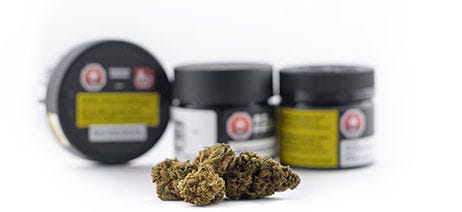
TAC vs THC: Reading Your Cannabis Product Label
High Points
- TAC (Total Active Cannabinoids) shows the full percentage of active cannabinoids like THC, CBD, CBN, and more in a cannabis product — it's listed on dispensary labels and gives a fuller picture than just looking at THC alone.
- A TAC analysis measures only the active (not acidic or inactive) cannabinoids that your body can actually absorb, helping you understand the product’s full potential for effects.
- TAC ties into the Entourage Effect, where multiple cannabinoids work together to influence your experience, making TAC a more complete indicator of how a product might affect you compared to THC alone.
If you’ve ever looked at a cannabis product label, you likely noticed that it is VERY different from anything you’d find on food packaging. That’s because there are hundreds of different compounds present in the cannabis plant, each with its own potential experiences. However, one of the most confusing percentages found on marijuana labels is “TAC.”
We get plenty of questions about this number–specifically how it relates to THC. In this guide, we’ll explain:
- What is TAC & What Does It Mean?
- What is a TAC Analysis?
- TAC and The Entourage Effect
- How is TAC Different from THC?
- Frequently Asked Questions
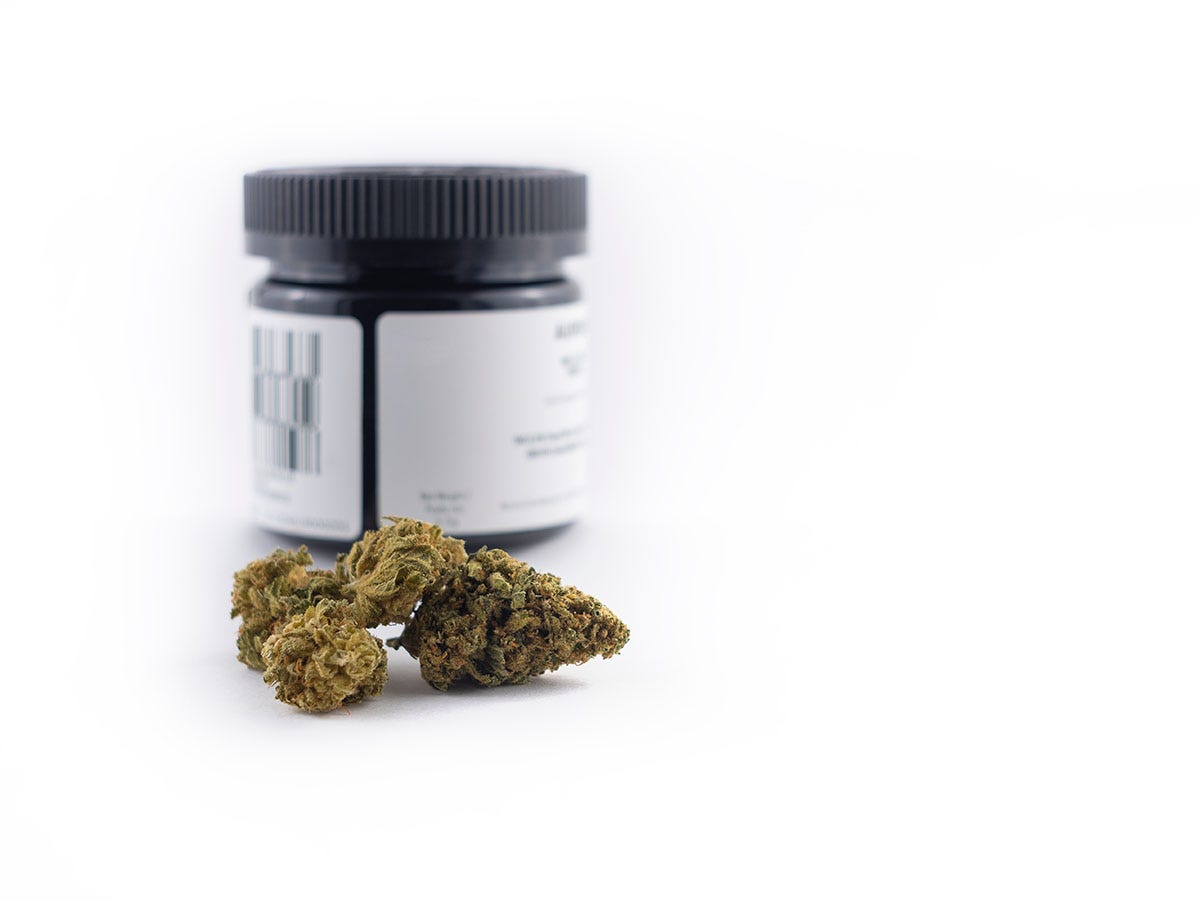

What is TAC & What Does It Mean?
TAC stands for Total Active Cannabinoids, and it indicates the total concentration of cannabinoids in the product. This includes THC, CBD, and any other cannabinoid that is present in cannabis products. This number is a nod to the entourage effect, giving you a better understanding of how all these compounds work together to produce the desired effect.1
What are Active Cannabinoids?
Most cannabis consumers are familiar with THC and CBD, but these cannabinoids aren’t actually found in the raw cannabis plant. THC begins as THCA, CBD begins as CBDA, and so on. The conversion process is called decarboxylation, which is basically the application of heat or light. When you smoke, vape, or otherwise heat cannabis flower, the cannabinoids become activated and can be processed by the body.2
TAC on a product label represents all of the active cannabinoids in a cannabis product.2 This number is usually expressed as a percentage, which means the total of all of the cannabinoids that have been found in the product that could be used or absorbed by your body.3
The TAC analysis doesn't count acidic cannabinoids (e.g. THCA, CBGA, etc.) or other compounds like terpenes. It only counts the percentage of active cannabinoids in the product.
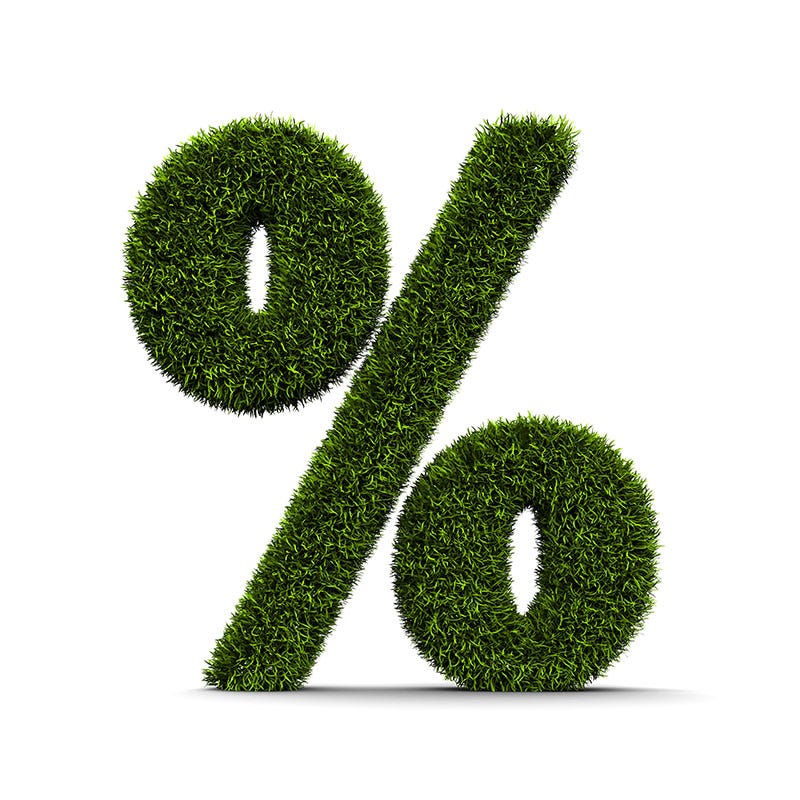

Why is TAC Important?
TAC is important because it reflects the diversity and potency of the active cannabinoids in the cannabis product that you are consuming. Individual compounds like THC and CBD have gotten a lot of marketing attention, but all of the cannabinoids working together produce a more nuanced and varied effect than any one cannabinoid by itself.
TAC & The Entourage Effect
There are over 400 chemical entities in the cannabis plant, and only a few of them have been extensively studied for their bioactive and psychoactive effects.1 Together, the cannabinoids, along with other chemical compounds in cannabis, have been theorized to work together to produce a synergy of effects. These different compounds are potentially why one strain of marijuana seems to produce such different effects from another even if the two strains have the same percentage of one cannabinoid, such as THC or CBD. Researchers refer to the potential effects of the combined phytochemical compounds as the Entourage Effect.1
How is TAC Different From THC?
TAC refers to the total active cannabinoid compounds found in a cannabis or hemp plant, or in a cannabis product. THC stands for tetrahydrocannabinol, the primary psychoactive compound in marijuana. THC is the primary compound in cannabis that makes people feel high. TAC represents the percentage of all of the cannabinoids in a cannabis product, which can include psychoactive THC, bioactive CBD, and others.2
Understanding a Cannabis Product Label
Cannabis products go through rigorous testing to ensure the safety and quality of each item in a dispensary, and they’re labeled accordingly. Packaging for marijuana products share this essential information, including dosage, potency, terpenes, and more.
Cannabis labels vary as each state has its own regulatory and compliance requirements.4 However, regardless of the state you’re in, cannabis labels will generally provide the same type of information.
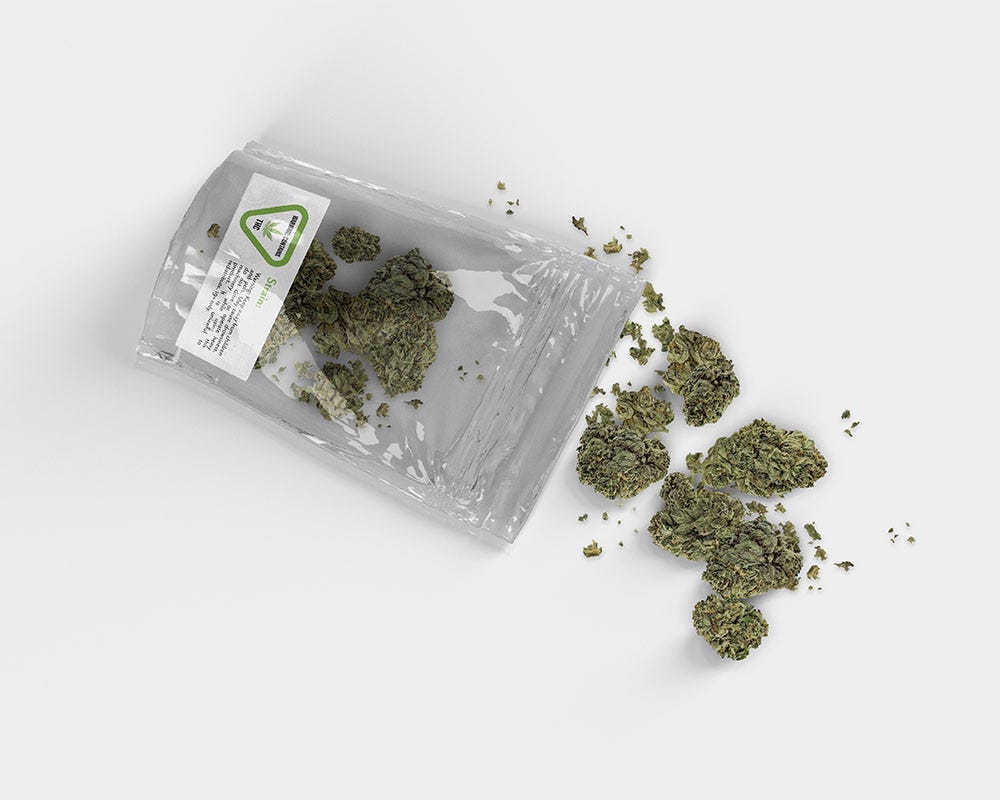

What Does “Product Name” or “Strain” Mean?
The strain or product name is a fairly simple line item on any cannabis label: “Product Name” or “Strain” refers to the product inside the packaging. The cannabis industry is filled with creative product names, so most budtenders will advise against making decisions based on name alone. This is especially true when it comes to buying marijuana flower, as strain names don’t always indicate flavor or experience.
What are THC to CBD Ratios?
Most consumers already know that THC and CBD play a vital role in the cannabis consumption experience, but it’s also important to understand how these two cannabinoids work together. Known as the THC to CBD ratio,5 this number can give you a good indication of what works best for your endocannabinoid system. For example, a 1:1 ratio means that there are equal parts CBD and THC within the product.2 There are some studies that indicate equal parts CBD and THC may enhance the effects of THC.5
What’s a Terpene Profile?
Terpenes are what give the cannabis plant its complex flavors and aromas, and, like cannabinoids, they also contribute to the entourage effect. The terpene profile presented on a cannabis label will give you a better idea of the anticipated sensory experience.6 For example, myrcene is known for its peppery and hoppy flavors, while limonene gives a product a citrus profile.
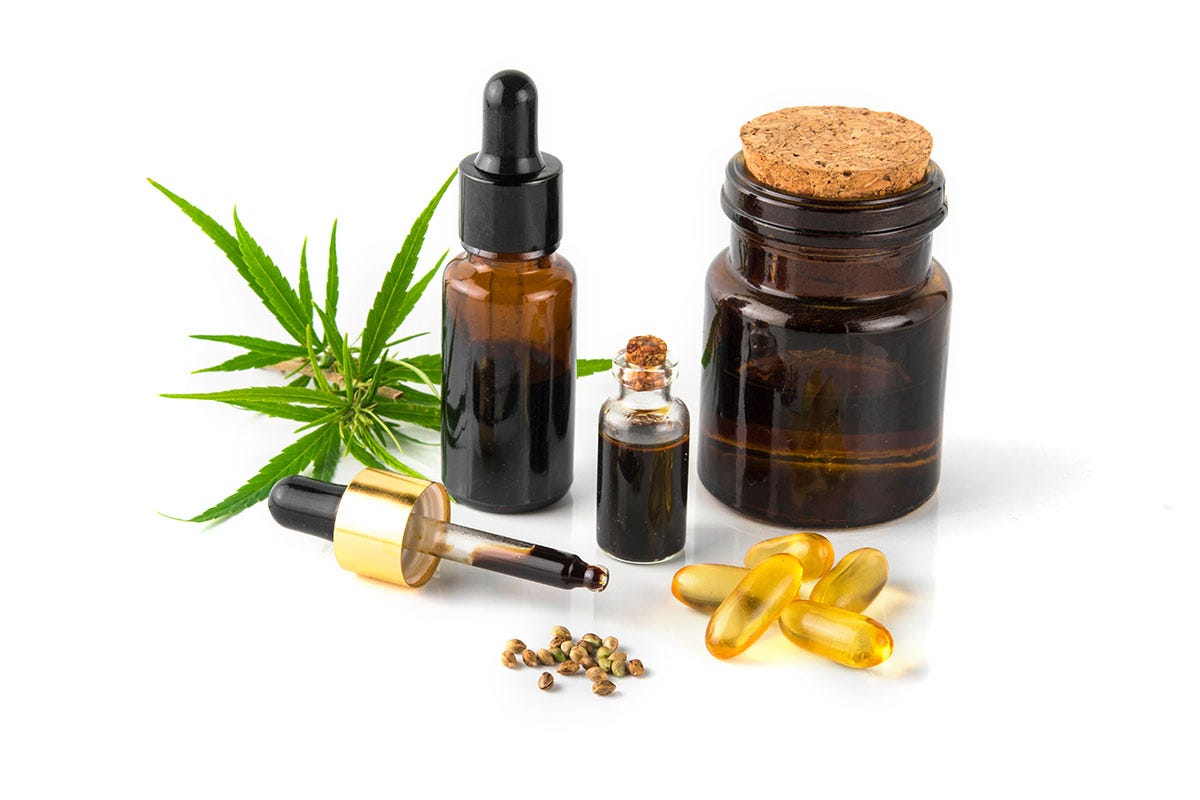

What Does “Lab Testing” Mean?
Some states require marijuana products to be tested by an independent laboratory—specifically for medical cannabis. Laboratories test the cannabinoids, terpenes, pesticides, mold, solvents, and more, and the report tells cannabis users what’s in the product. If the product has been lab tested, it gives you assurance that it's part of the regulated cannabis market since the potency, quality, and safety have been verified.7
Why Are There Dates on Cannabis Labels?
As you’ve likely figured out by now, cannabis products are highly regulated and scrutinized to make sure they are safe to consume. Manufacturers also provide key dates, including when the product was harvested and packaged, to ensure freshness.6
- Harvest Date - The harvest date or production date is when the flower was harvested from the cannabis plant. The cannabis is fresher when the gap between harvesting and buying is smaller.
-
Packaging Date - This date refers to when the product was packaged and sealed. Ideally, the packaging date should be within a few days of the harvesting date.
-
Expiration Date - Cannabis doesn’t technically expire, but over time and especially when not stored properly, it loses potency. It’s important to check the expiration date or best by date on the label.
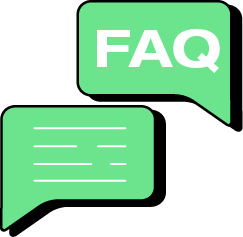

Frequently Asked Questions
With so many different initials, understanding the effects of different compounds could seem confusing. Which ones produce the "high" effect? Which ones can help with relaxation or other physical effects? Here are some questions and answers.
Does TAC make you high?
TAC is a measurement of the different active cannabinoids in a product, so by itself, it doesn't make anybody high. THC is the primary compound in cannabis that makes you high.
Is TAC or THC more important?
Both are important, but they also both mean different things. THC is the primary psychoactive compound in cannabis that produces a high effect. TAC gives you the information you need about all of the active cannabinoids in the cannabis flower or other product you're consuming. You can get information about how much THC, CBD, and other cannabinoids are in each product through the TAC analysis.
Where can I find TAC in my cannabis products?
If you want to find out the total active cannabinoids in your product, you can locate the information on the package label.
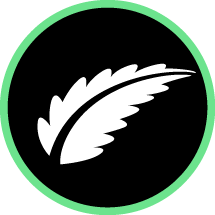

Understanding TAC vs THC
For a long time, THC was by far the best-known cannabinoid in the marijuana universe. As the most psychoactive compound in cannabis, THC stood for getting high, and some people looked only at the percentage of THC when considering different strains or products.
TAC, which gives information about all the active cannabinoids in a product, provides a well-rounded picture of the potential effects and qualities that a marijuana strain or other cannabis product can possess.
Sources
1. “The Case for the Entourage Effect and Conventional Breeding of Clinical Cannabis: No “Strain,” No Gain,” Frontiers in Plant Science, January 9, 2019, https://pmc.ncbi.nlm.nih.gov/articles/PMC6334252/
2. “Everything You Need To Know About THC Vs. TAC,” Veriheal, July 27, 2024, https://www.veriheal.com/blog/everything-you-need-to-know-about-thc-vs-tac/
3. “Cannabis, cannabinoids, and health,” Dialogues in Clinical Neuroscience, September 19, 2017, https://pmc.ncbi.nlm.nih.gov/articles/PMC5741114/
4. “Requirements for Cannabis Product Labeling by U.S. State,” Cannabis and Cannabinoid Research, April 17, 2022, https://pmc.ncbi.nlm.nih.gov/articles/PMC9070747/
5. “Potency and Therapeutic THC and CBD Ratios: U.S. Cannabis Markets Overshoot,” Frontiers in Plant Science, June 6, 2022, https://pmc.ncbi.nlm.nih.gov/articles/PMC9207456/
6. “How to Read Cannabis Product Labels,” Leafwell, January 27, 2021, https://leafwell.com/blog/read-cannabis-product-label
7. “Why you should read the label on your cannabis product,” Leafly, April 30, 2020, https://www.leafly.com/news/cannabis-101/how-to-read-cannabis-product-label


